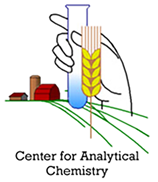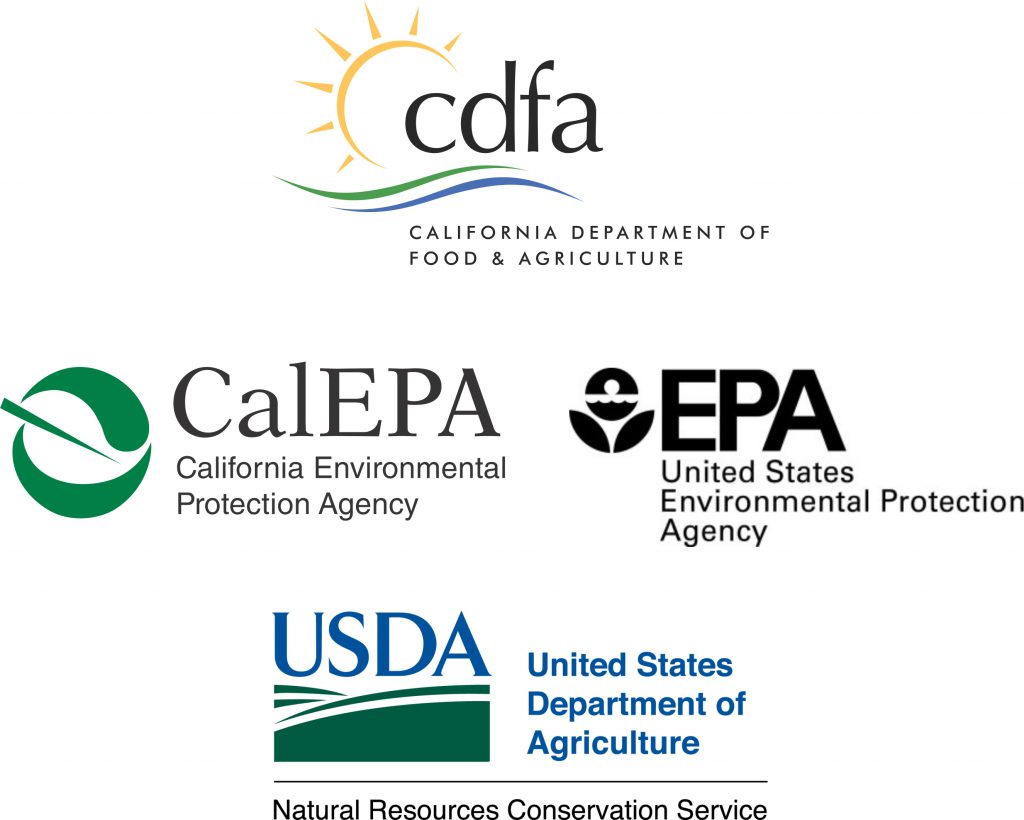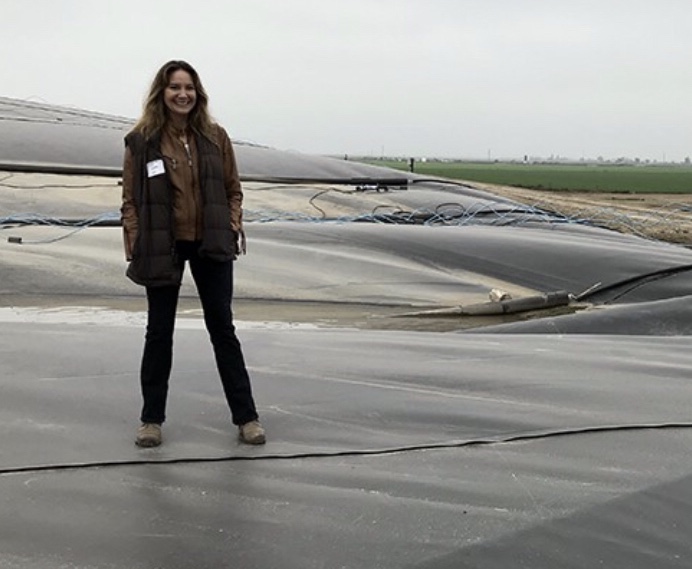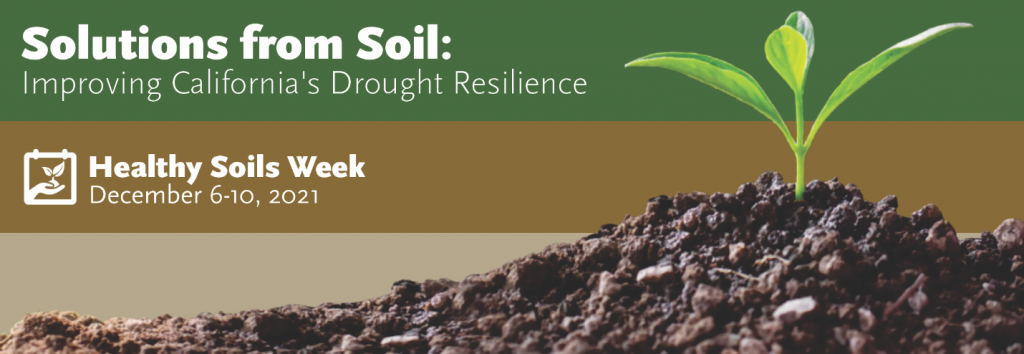Hailing from the nearby small town of San Joaquin, Fresno State junior Alejandra Valdez admits that the adjustment to a 25,000-student campus could have been a little intimidating.
However, through a shared love of agriculture with her fellow Plant Science Club students and advisers, she found a supportive family that is equally committed to community outreach.
The impact of those activities were instrumental in helping the 70-member club recently win its seventh President’s Trophy Contest since 2012 against many of the nation’s most distinguished collegiate agricultural programs.
The event was held in Salt Lake City, Utah and sponsored by the Students of Agronomy, Soil and Environmental Sciences organization at the tri-societies annual conference for agronomy, crop and soil science professionals.
Valdez made a five-minute presentation that showcased the club’s long list of professional opportunities, activities, community education, industry partnerships and fundraising the past year.
The presentation also featured its half-acre campus farm plot that the club manages year-round. Students have donated 250 pounds of vegetables this summer and fall from the plot to the Amendola Family Student Cupboard on campus and other area food assistance organizations.
“It was such an unbelievable experience to be able to share these experiences with industry leaders at the contest and get their feedback,” Valdez said. “Our club is so tied to the Central Valley, so being able to help feed other students or community members dealing with food insecurity is a core value of our members. Our campus plot is also an integral way that our students can apply the agronomy principles from our classes that we can hopefully use in our careers, while teaching others the importance of agriculture in all our lives.”
In the final contest standings, Fresno State edged teams from Auburn University, Chico State, Iowa State University, Kansas State University, Midwestern University, North Carolina State University, Oklahoma State University, Purdue University, Texas A&M University and the University of Wisconsin.
Judges evaluated the club’s problem-solving skills, innovation, teamwork, productivity, creativity and delivery.
Previous winning Fresno State presentations were made by then-students Sara Alatorre (2012), Armando Guzman (2014), Elizabeth Diaz (2016), Vivian Maier (2017), Ignacio Mendoza (2018) and Tyler Armbrister (2020).
The club placed second two other years in that span and did not travel to the Texas-hosted event in 2019 due to travel restrictions.
During the week-long conference, Valdez and eight other Fresno State students also competed in a quiz bowl, soil and crop judging contests and attended other professional presentations and networking activities at the conference.
In an oral presentation contest, senior Omar Abulghanam (Clovis) finished in fourth place for his seven-minute presentation on how changing climate conditions affect a vision for a more sustainable planet. The topic was provided five hours before the competition, which proved less time than many of his competitors, since he competed in the soil judging competition that day.
Fresno State’s first competitor in the event was judged on his voice quality, physical manner, speech structure, content development, language, value and effectiveness.
Senior Gurbinder Kang (Fresno) also made a poster presentation on his research related to the efficacy of gibberellic acid treatments to aid cotton plant growth and physiology in high salinity soils. Junior Samantha Corchado (Fresno) also created a poster with an overview of the club’s activities that was similar to Valdez’s presentation.
Other students that attended the conference included seniors Bianey Medina (Salinas) and Paola Vidales (Salinas), juniors Israel Rangel (Marina) and Ignacio Valdez (Gonzales), and freshmen Gagan Gade (Nagpur, India) and Curtis Lefler (Hanford).
Plant science faculty members and club advisers Dr. Ranjit Riar and Dr. Jacob Wenger have served as key resources for the conference and other club projects, which offer independent study class credit and give practical, hands-on experience for students.
Additional support for the club for the trip and throughout the year have come from Associated Students Inc., Belmont Nursery, Culture H20, Dexter and Malen Estrada, Gar & Esther Tootelian Charitable Foundation, Gazebo Gardens, Green Valley Recycling Co., Helena Chemical Co., Hortau, Mazzei’s Nursery, Mendoza Berry Farms, Michael Borboa, My Job Depends on Ag, Netafim, Nutrien Ag Solutions, Olam, Rangel Berry Farms and the University Agricultural Laboratory.
Also invited to attend the conference was plant science student Mario Lemus as a Golden Opportunity Award recipient. The senior from Lindsay is a Jordan College Honors Research Cohort member and was recognized for his outstanding contributions to agronomy through education, service and research.











